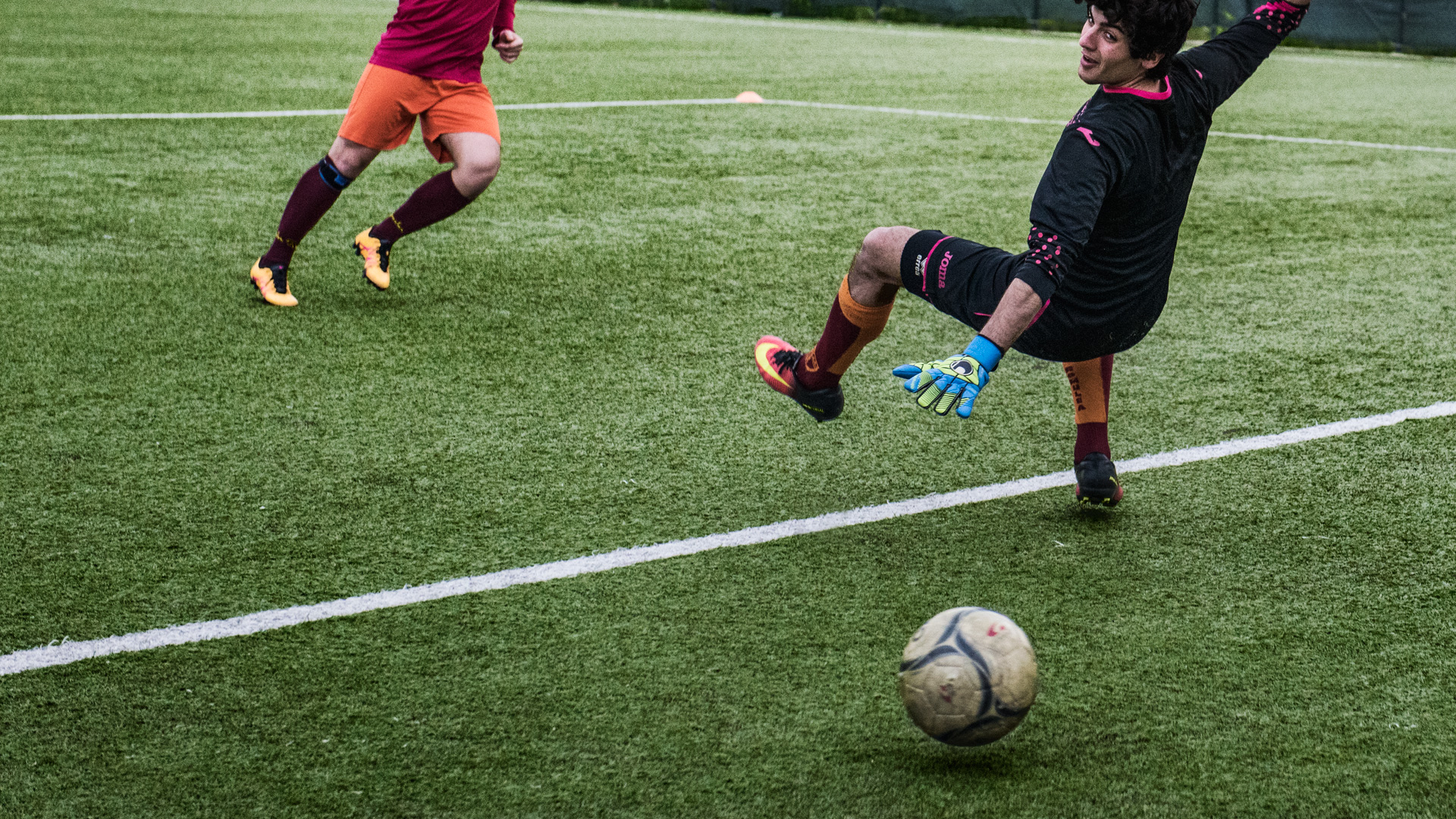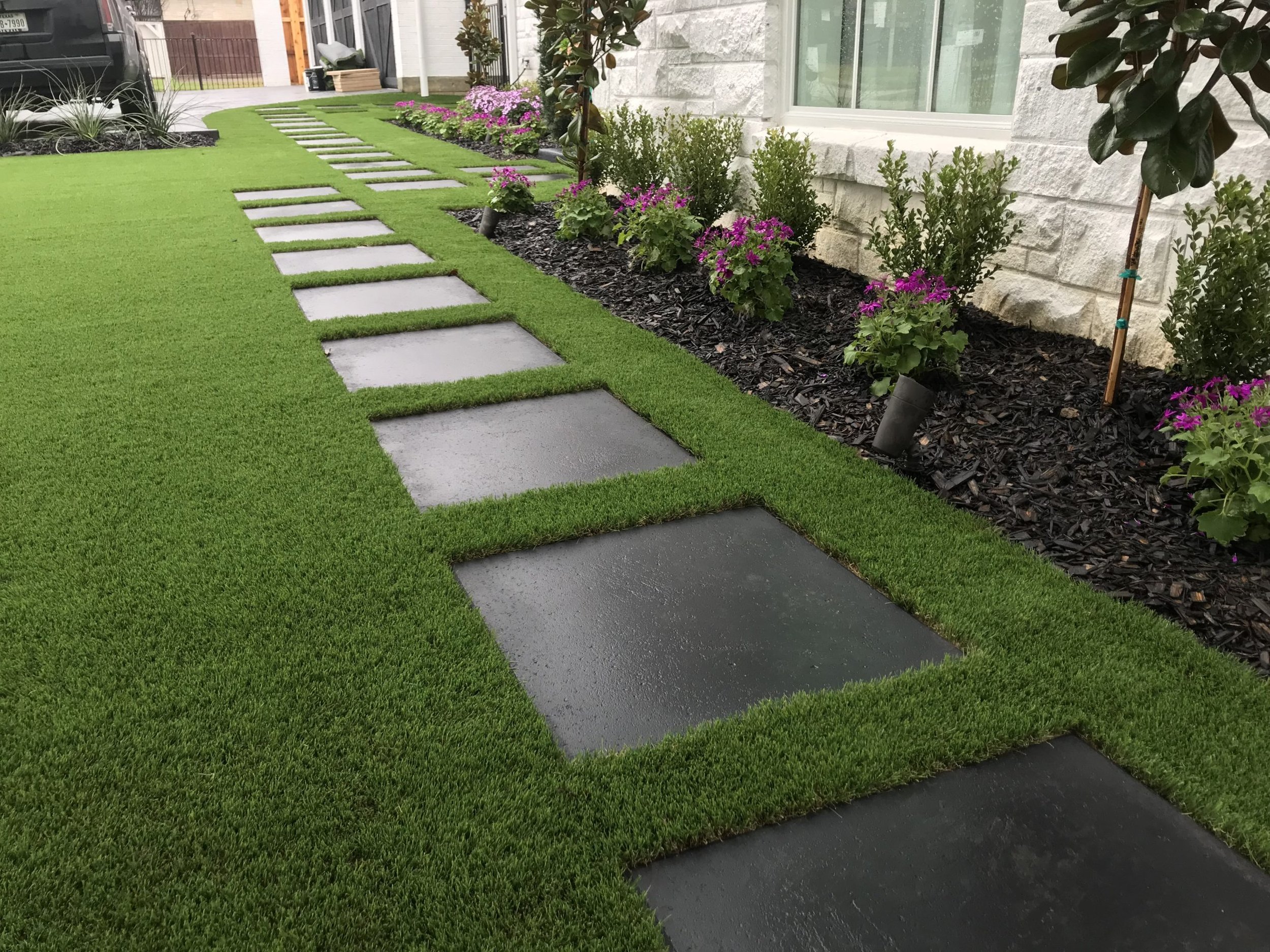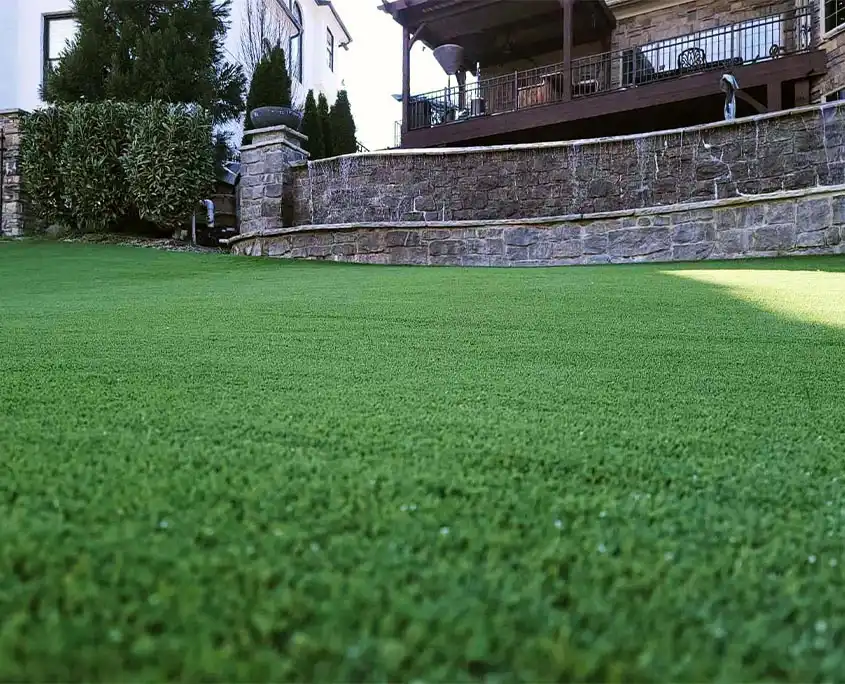Professional Arizona Turf Installation Solutions for Home and Commercial Use
Professional Arizona Turf Installation Solutions for Home and Commercial Use
Blog Article
Look Into the Environmental Conveniences of Opting for Synthetic Grass Solutions
The adoption of synthetic grass services presents an engaging possibility to resolve pushing environmental challenges. By dramatically reducing water use and lessening the application of dangerous chemicals, these options not only promote lasting landscaping yet likewise shield regional communities. In addition, the lower carbon footprint related to decreased upkeep activities adds to a more lasting method to land management. Nonetheless, the implications of these benefits expand beyond plain conservation efforts, questioning regarding their lasting impact on habitat conservation and overall environmental equilibrium. Discovering these dimensions exposes an intricate interaction worth considering.
Water Preservation Benefits
One of the most considerable benefits of man-made grass is its capacity to conserve water. In comparison, fabricated grass does not require watering, considerably lowering the total demand for water sources.
By eliminating the requirement for routine watering, artificial grass adds to sustainable landscape methods and helps alleviate the environmental effect of extreme water consumption. The conservation of water expands to the reduction of overflow, which can lead to dirt erosion and waterway air pollution.
Additionally, the installation of artificial grass enables house owners and municipalities to assign water sources extra successfully, focusing on vital usages such as alcohol consumption water and agriculture. The change towards synthetic grass not only promotes accountable water use yet additionally aligns with wider ecological objectives intended at preserving natural resources.
As neighborhoods significantly focus on sustainability, the water conservation benefits of synthetic grass provide an engaging case for its fostering in industrial and property landscape design jobs.
Lowered Chemical Use
The change to artificial turf considerably decreases the reliance on chemical treatments typically utilized in natural yard upkeep. Standard grass administration normally entails the application of plant foods, herbicides, and chemicals to advertise development and control bugs. These chemicals can posture risks to human health and wellness, regional wildlife, and the atmosphere, contributing to dirt and water contamination.
On the other hand, synthetic grass removes the requirement for these dangerous compounds. When set up, it requires marginal maintenance, primarily being composed of normal cleaning and infrequent infill replenishment. This decrease in chemical usage not just profits the instant setting yet likewise contributes to broader eco-friendly security. By reducing the launch of artificial compounds right into the environment, synthetic grass advertises much healthier soil and water systems.
Moreover, the lack of chemical overflow related to artificial lawn installations assists protect regional rivers from pollution, sustaining marine life and maintaining biodiversity. Phoenix turf companies. As communities progressively focus on lasting techniques, choosing man-made lawn presents a feasible service that straightens with environmental conservation goals. With this shift, homeowner can appreciate lush environment-friendly spaces without jeopardizing environmental wellness, leading the way for an extra lasting future
Reduced Carbon Impact

Moreover, the installment of synthetic grass can result in considerable water preservation. All-natural lawns require significant amounts of water for watering, which not just contributes to the carbon impact related to water removal and therapy yet also stress neighborhood water resources. On the other hand, synthetic grass needs minimal upkeep, requiring no watering, thus substantially minimizing water use and its associated energy costs.
Additionally, the longevity of synthetic lawn adds to its decreased carbon impact. With a lifespan of approximately 15 years or more, the need for regular replacements is decreased, leading to less waste and lower power intake in manufacturing and taking care of traditional yard choices. On the whole, synthetic grass provides a sustainable alternative for ecologically aware landscaping.
Environment Preservation
Habitat conservation is a critical consideration in the discussion over landscape design choices, particularly when contrasting synthetic grass to natural lawn. Natural turf lawns typically require extensive upkeep, consisting of the use of plant foods, herbicides, and pesticides, which can detrimentally affect neighborhood communities. These chemicals can seep into the dirt and waterways, damaging native vegetation and fauna and interfering with local environments.
On the other hand, synthetic grass provides a possibility to decrease the ecological impact of landscaping. By going with artificial turf, property owners can decrease the disruption of all-natural environments connected with traditional yard treatment practices. Synthetic grass eliminates the requirement for harmful chemicals, consequently shielding nearby wildlife and maintaining the honesty of surrounding ecosystems. Furthermore, the installment of synthetic grass my response can cause the conversion of previous grass locations into more biodiverse landscapes, such as pollinator gardens or native plant locations, which can support neighborhood YOURURL.com wild animals.
Ultimately, the transition to synthetic grass not just preserves water and minimizes maintenance efforts yet also cultivates a much more harmonious partnership between human activities and the native environment, promoting habitat preservation at the same time.
Long-Term Sustainability
Lasting sustainability is a critical consider examining the advantages of synthetic grass over traditional grass yards. One of one of the most substantial advantages of synthetic grass is its durability; it can last approximately 15-20 years with very little maintenance, whereas all-natural grass requires frequent reseeding and replacement. This long life lowers the requirement for constant sources, such as water, fertilizers, and pesticides, which are essential for keeping a healthy and balanced yard yard.
Furthermore, synthetic lawn adds to a decrease in carbon emissions connected with yard treatment equipment. Typical yards often require gas-powered lawn mowers, trimmers, and blowers, every one of which add to air contamination. Arizona turf. On the other hand, artificial turf gets rid of the need for such devices, advertising a cleaner atmosphere
Moreover, the production of fabricated turf progressively utilizes recycled products, boosting its sustainability profile. As producers adopt green practices, the environmental impact of artificial turf remains to diminish.

Conclusion
The fostering of synthetic grass options provides significant ecological benefits, consisting of considerable water preservation, decreased reliance on harmful chemicals, and a lower carbon impact. Man-made turf aids in maintaining all-natural habitats by decreasing land disturbance and advertising lasting sustainability through the use of durable materials. Jointly, these aspects highlight the possibility of artificial grass to add positively to ecological health and wellness and supply a feasible choice to traditional landscaping techniques in a progressively resource-conscious globe.
In contrast, synthetic grass does not need watering, significantly decreasing the total need for water sources. By minimizing the release of synthetic substances right into the ecological community, synthetic grass promotes much healthier dirt and water systems.
In addition, the installation of synthetic turf can result in substantial water conservation. In comparison, man-made grass requires minimal maintenance, requiring no watering, thus substantially reducing water use and its associated energy expenses.

Report this page